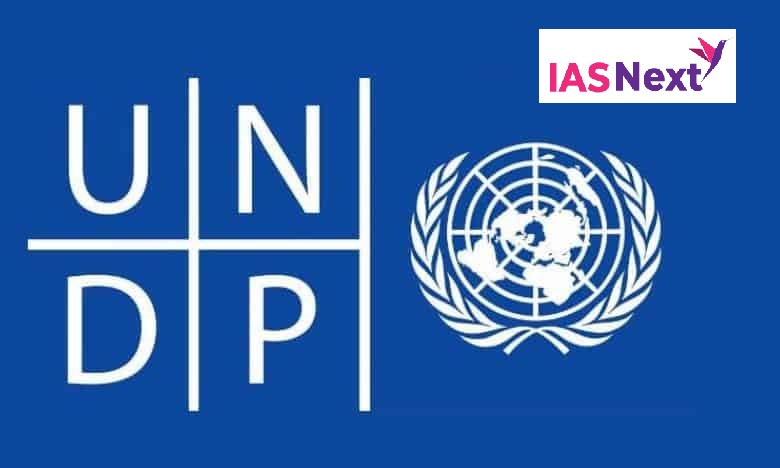CURRENT AFFAIRS
Get the most updated and recent current affair content on Padhaikaro.com
Panchayati Raj Ministry UNDP sign pact on Sustainable Development Goals
- IAS NEXT, Lucknow
- 27, Apr 2022

Reference News:-
The Ministry of Panchayati Raj and the United Nations Development Programme (UNDP) have signed a joint statement of understanding on localisation of Sustainable Development Goals.
Need for understanding on localisation of SDGs:
- Panchayati Raj institutions (PRIs) have been a critical component of local self-governance across rural India.
- These institutions have achieved last-mile connectivity in execution of various schemes of different line departments/ministries. SDGs too can be achieved only if we actively involve PRIs.
- Also, about 65% of India’s population lives in rural areas.
About UNDP:
- UNDP provides expert advice, training and grants support to developing countries, with an increasing emphasis on assistance to the least developed countries.
- It promotes technical and investment cooperation among nations.
- The UNDP Executive Board is made up of representatives from 36 countries around the world who serve on a rotating basis.
- It is funded entirely by voluntary contributions from member nations.
- The UNDP is considered an executive board within the UN General Assembly (UNGA).
Report:
The Human Development Report (HDR) is an annual report published by the Human Development Report Office of the United Nations Development Programme (UNDP).
Invasive species threatens wildlife habitats of Western Ghats
Context:
Senna spectabilis is an invasive species found mostly in the forest areas of the Nilgiri Biosphere Reserve (NBR).
- The dearth of effective steps to arrest the rampant growth of these invasive plants is a matter of serious concern to the conservation of wildlife habitats of the Western Ghats.
Concerns:
- The invasive species has now spread through the most iconic wildlife habitats of the Western Ghats, destroying habitats of elephants, deer, gaur and tigers by pushing out native flora.
- The allelopathic traits of the species prevent other plants from growing under it. Allelopathy is a biological phenomenon by which an organism produces one or more biochemicals that influence the germination, growth, survival, and reproduction of other organisms.
- This drastically affects primary productivity at the ground level. The forest floor is almost bare under the invasive species. Grasses and herbs get completely wiped out and herbivores are deprived of their forage.
- The carrying capacity of forests to feed wildlife is drastically declining under the invasion, which accelerates man-animal conflict further.
Efforts to remove them:
The Kerala Forest Department attempted to remove the trees by uprooting, girdling, cutting, chopping the tree branches, and even testing the application of chemicals. However, all the efforts were in vain. Instead, multiple coppice shoots started growing from each cut tree stump. The situation is similar in the Karnataka and Tamil Nadu.
What are invasive species?
Invasive alien species are plants, animals, pathogens and other organisms that are non-native to an ecosystem, and which may cause economic or environmental harm or adversely affect human health.
- In particular, they impact adversely upon biodiversity, including decline or elimination of native species – through competition, predation, or transmission of pathogens – and the disruption of local ecosystems and ecosystem functions.
The impacts of invasive species include:
- Reduced biodiversity.
- Decreased availability and quality of key natural resources.
- Water shortages.
- Increased frequency of wildfires and flooding.
- Pollution caused by overuse of chemicals to control infestations.
Efforts in this regard:
- Convention on Biological Diversity (CBD) recognize that there is an urgent need to address the impact of invasive species.
- Aichi Biodiversity Target 9 and one clause of UN Sustainable Development Goal 15 – Life on Land specifically address the issue.
- The IUCN SSC Invasive Species Specialist Group (ISSG) aim to reduce threats to ecosystems and their native species by increasing awareness of ways to prevent, control or eradicate IAS.
- IUCN has developed knowledge platforms:
- The Global Invasive Species Database (GISD) and the Global Register of Introduced and Invasive Species (GRIIS).